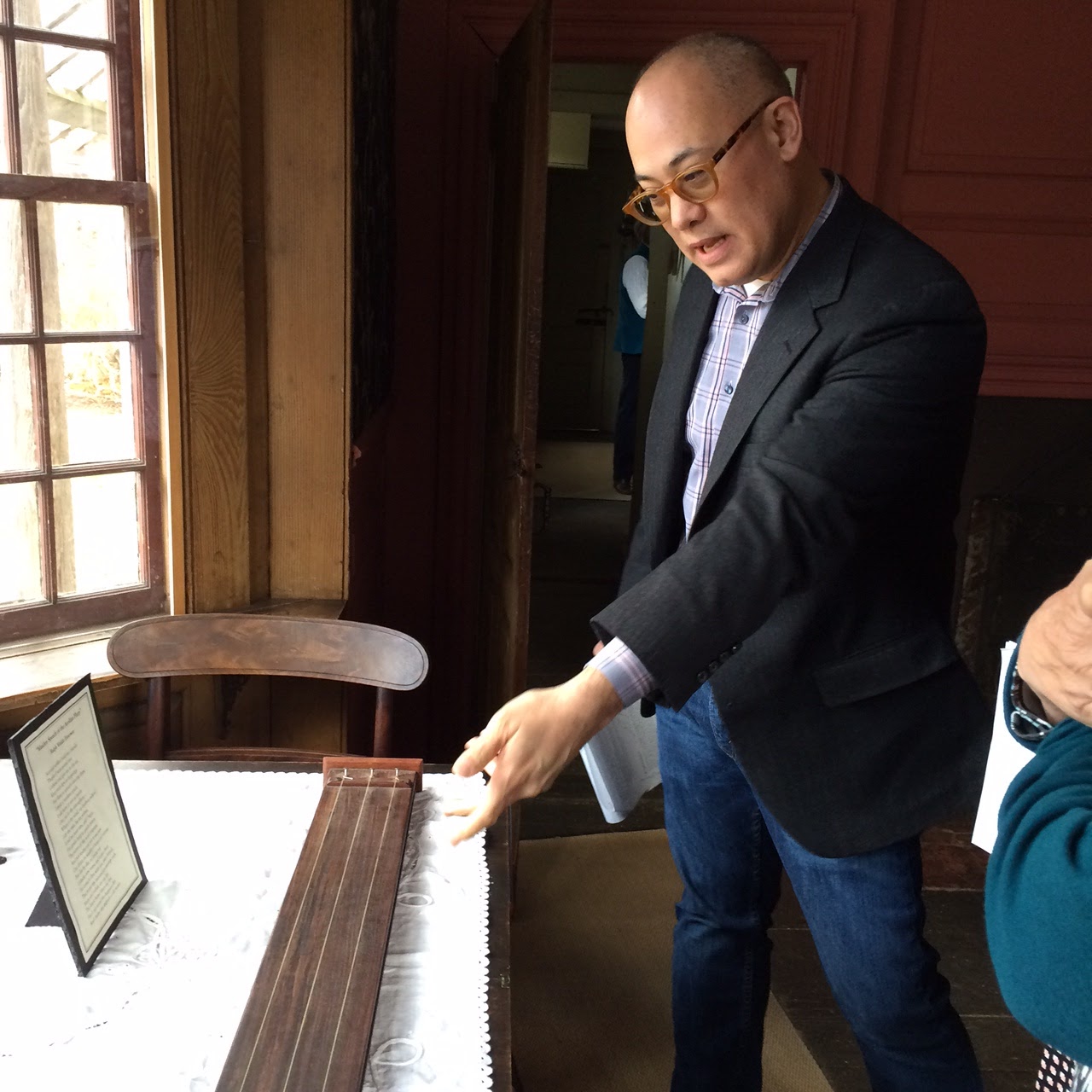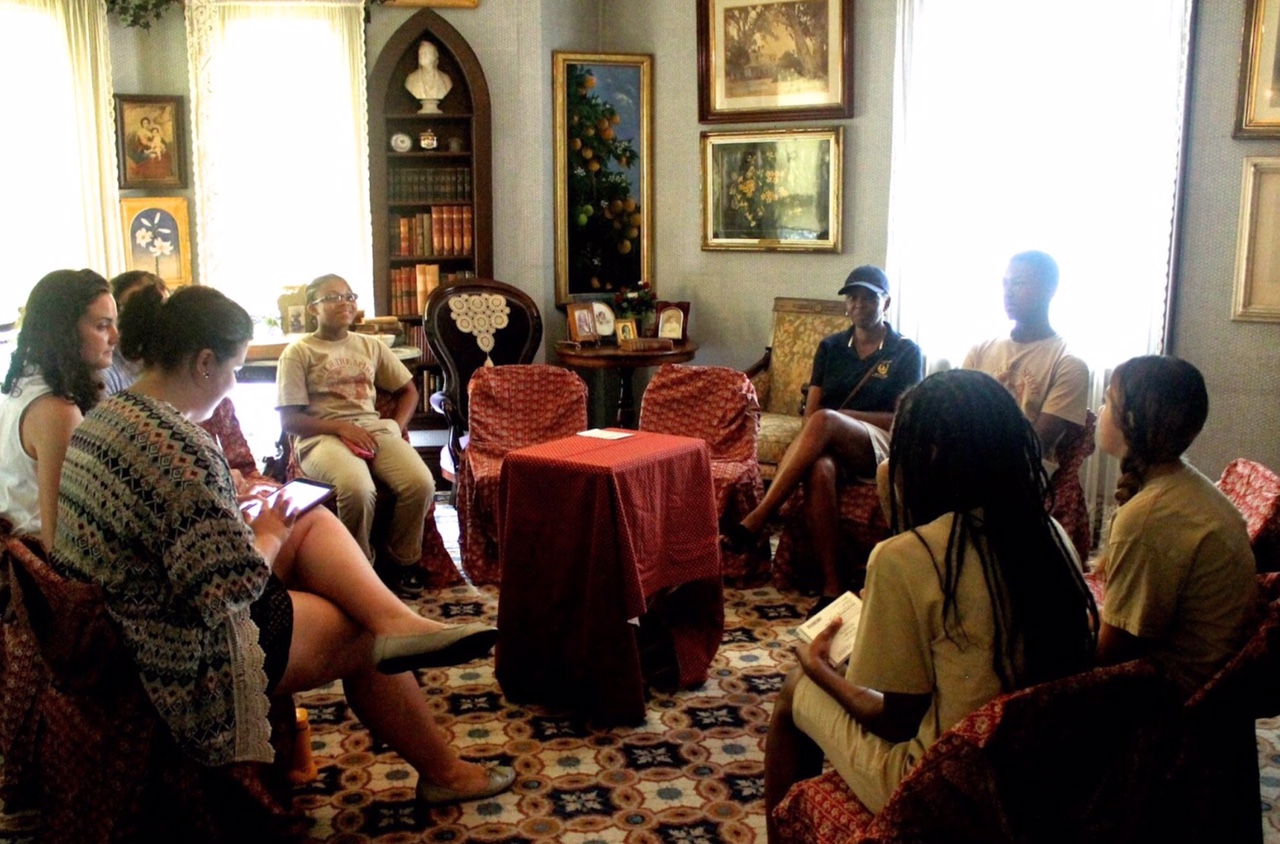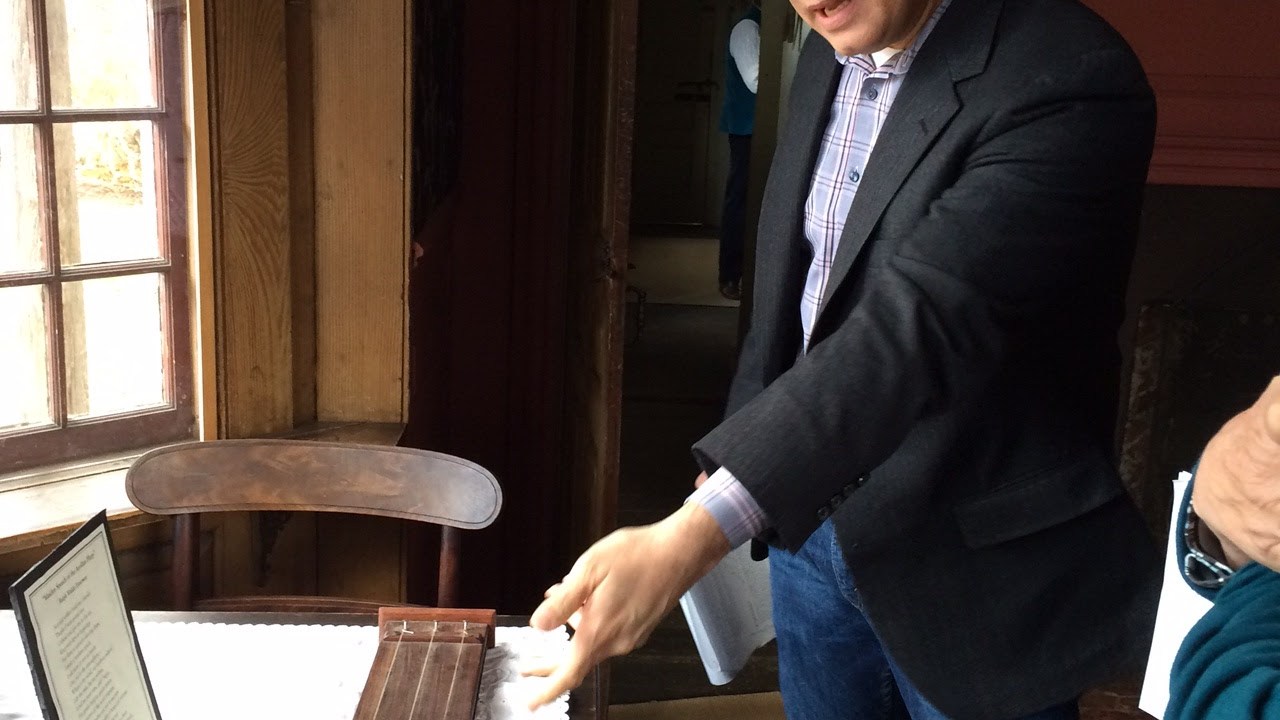Our next annual meeting preview comes from Linda Norris, Danielle Steinmann, and Maura Hallisey. At their session “Failing Forward” (11:15 am on Wednesday, May 10) they will share stories about rapid prototyping from the perspective of two historic house museums—The Olde Manse and the Harriet Beecher Stowe Center. If you’re still waffling over your schedule, this teaser may convince you to put this session on your conference dance card. (Registration is still open!)
Linda: At our session we’ll share prototyping tales from our experiences in the most conservative of museum places, historic houses, and with our most conservative of audiences, our fellow staff members, including guides. We promise, the way to learn rapid prototyping is to rapidly prototype. Danielle, can you give CFM’s readers a preview of the lessons you will share in St. Louis?
Danielle: When faced with an unfamiliar challenge, I often hesitate before taking the plunge. Trying new things doesn’t come naturally to me. As a kid, I was called, “over-achiever” and “type-A” because I stuck to things I knew was good at. Later on, I started to realize that sticking to my comfort-zone was holding me back. An article in Psychology Today –The Trouble with Bright Girls—was a revelation for me. Turns out, I’m not alone, and, in fact, my gender may have played a part in making me this way. In brief,
“…bright girls believe that their abilities are innate and unchangeable, while bright boys believe that they can develop ability through effort and practice…And because bright girls are particularly likely to see their abilities as innate and unchangeable, they grow up to be women who are far too hard on themselves…and give up way too soon.”
 |
Trustees Chief Marketing Officer Matt Montgomery
shares his team’s prototype for understanding
an Aeolian harp at The Old Manse. |
Linda: I was never one of those perfectionists–and I’m still not. It might stem from growing up in a big family, trying new things. As an independent museum professional, I know that perfection is the sure path to never quite getting paid for the work I do.
Danielle: How does this relate to our work in museums? The most recent AAM Trendswatch had this to say in the article Failing Toward Success: “Museums, as a sector, share a culture of perfection that places large bets on getting a product…right the first time. Museums that decide to move away from dysfunctional perfectionism have to work consciously to change an organizational culture that discourages risk taking.”
That’s a tall order, especially for those of us who are not in top leadership positions. Such a profound shift in the culture requires a great deal of support and practice.
 |
Participants in the Harriet Beecher Stowe Center’s
first prototype: front parlor conversation. |
Linda: Early in my career, I worked at a children’s museum where we tried new things all the time. Those lessons have stuck with me, but the urge for rapid-prototyping gets stronger all the time. Maura, can you share our very first Harriet Beecher Stowe House prototype–along with our fears?
Maura: Our first prototype in 2014 kicked off a shift in our organizational culture where we began to try new things, make mistakes, and learn. Our tour had been a traditional house tour–deeply biographical, lacking an overall thesis, and the stories were dictated by the objects or rooms in the house. Internally, some staff, from interpreters up to executive leadership recognized that our tour failed to convey the mission of the Harriet Beecher Stowe Center: to connect the past to the present and inspire social justice and positive change. But other staff thought any shift would threaten the historic integrity of our tour and not satisfy the public. We began prototyping in a divided house with some staff on board and others not. We tried anyway and introduced new elements to the tour that shifted away from traditional tour techniques.
Fear was a fundamental part of the process. For staff tasked with leading the prototyping, there was a fear that failure would derail any attempts to further re-imagine the tour and would cause all staff to lose confidence in the process. For staff tasked with selling/marketing and delivering the tour, there was a fear that failure would cause the public to lose confidence in us and be unsatisfied with their experience. Both of these fears I think do arise from a type of perfectionism. No one on staff wanted to be wrong, either in front of colleagues or in front of the public.
Danielle: Inspired by Stowe and other innovative approaches we embarked on refreshing the interpretation at The Old Manse. It’s a site with layers of history. Over the years our tours had lost focus. For many staff, a big fear was letting go of particular stories and I tried to be sympathetic to that. Many had been there for a long time and had a great deal of ownership over those stories. They worried that visitors would miss out on something. It was difficult to honor that loyalty and passion while still moving forward.
Linda Norris is Global Networks Program Director at the International Coalition of Sites of Conscience (www.sitesofconscience.org) and previously worked as an independent consultant focused on interpretive planning. Twitter and Instagram: @lindabnorris.
Danielle Steinmann is Director of Visitor Interpretation at the Trustees.
Maura Hallisey is Priogram Coordinator at the Harriet Beecher Stowe Center











Enjoyed this blog and wish I could be there to hear this presentation! I still have great memories of doing visitor observations and interviews during the experiments at The Harriet Stowe House. Please put in a plug for doing visitor research as a part of the process.